Nehru & Dalai Lama to CV Raman: Life of A Padma Shri Photojournalist Capturing Iconic Events
Padma Shri T S Satyan, renowned as the 'Father of Indian Photojournalism', has captured both monumental events and everyday life in India, reflecting the essence of ordinary people.
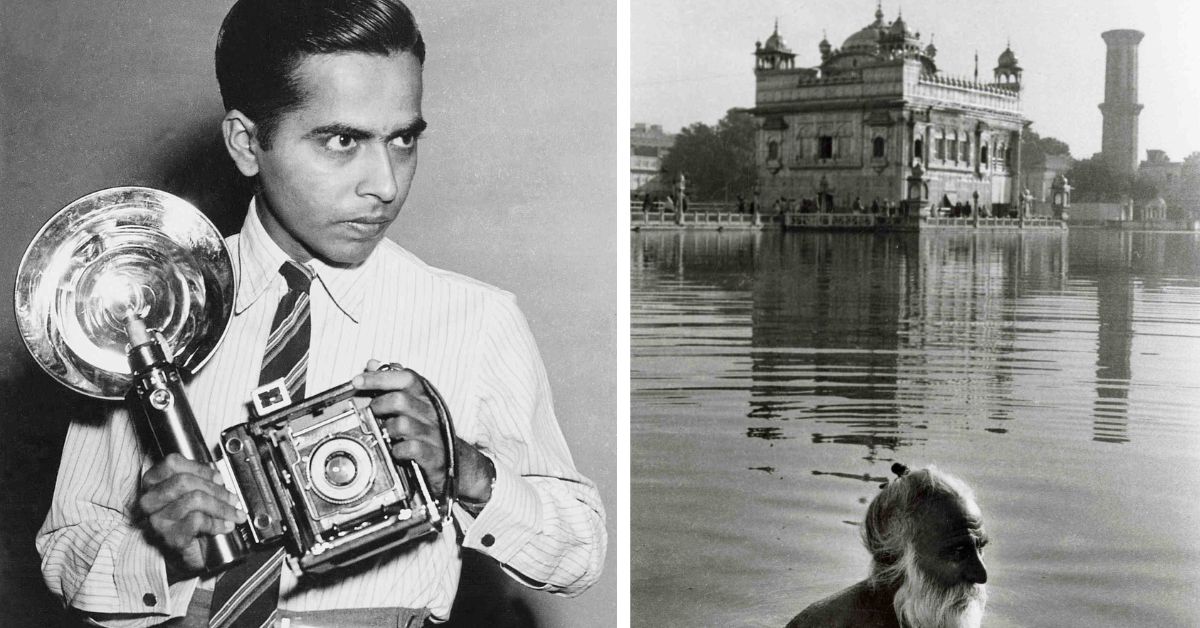
An amiable casualness of early youth, the creative restlessness of a teenager, and the boundless energy of a child — these are the qualities that photojournalist Tambrahalli Subramanya Satyanarayana Iyer, fondly called T S Satyan, was endowed with.
Born in 1923 in Mysuru, Satyan’s first tryst with photography was in school when his English teacher loaned him money to buy a camera, sensing the student’s keen eye.
Satyan and the camera he bought for Rs 350 were inseparable. It won him accolades and love from those who watched his work. An interesting anecdote is of how Satyan attempted to repay his teacher for this gift, but the latter instead asked him to develop a picture book on Karnataka. Years later when Satyan became an accomplished photographer, he returned to his teacher with the said book that even featured text by journalist and writer H Y Sharada Prasad.
But while Satyan’s foray into photography began in his early years it wasn’t until 1948 that he delved into it professionally.
From a humble background to his work getting recognised on global platforms, his story is an inspiring one. And he is rightly dubbed the ‘Father of Indian Photojournalism’. We take a look at his incredible journey and the moments that shaped his career.
The fated photographer
Following a graduation in Arts from Maharaja’s College, Mysuru, Satyan joined as an engine inspector at Hindustan Aeronautics. He then worked as a teacher at a school followed by working as a newsreader at the ‘Akashvani’ radio station. All this time, he remained connected with his first love of photography.
So in 1948, when a vacancy opened up for a staff photographer at the newly launched Deccan Herald — an English daily based in Karnataka — Satyan grabbed the opportunity. This was his first professional stint with a camera and he delivered to impress.
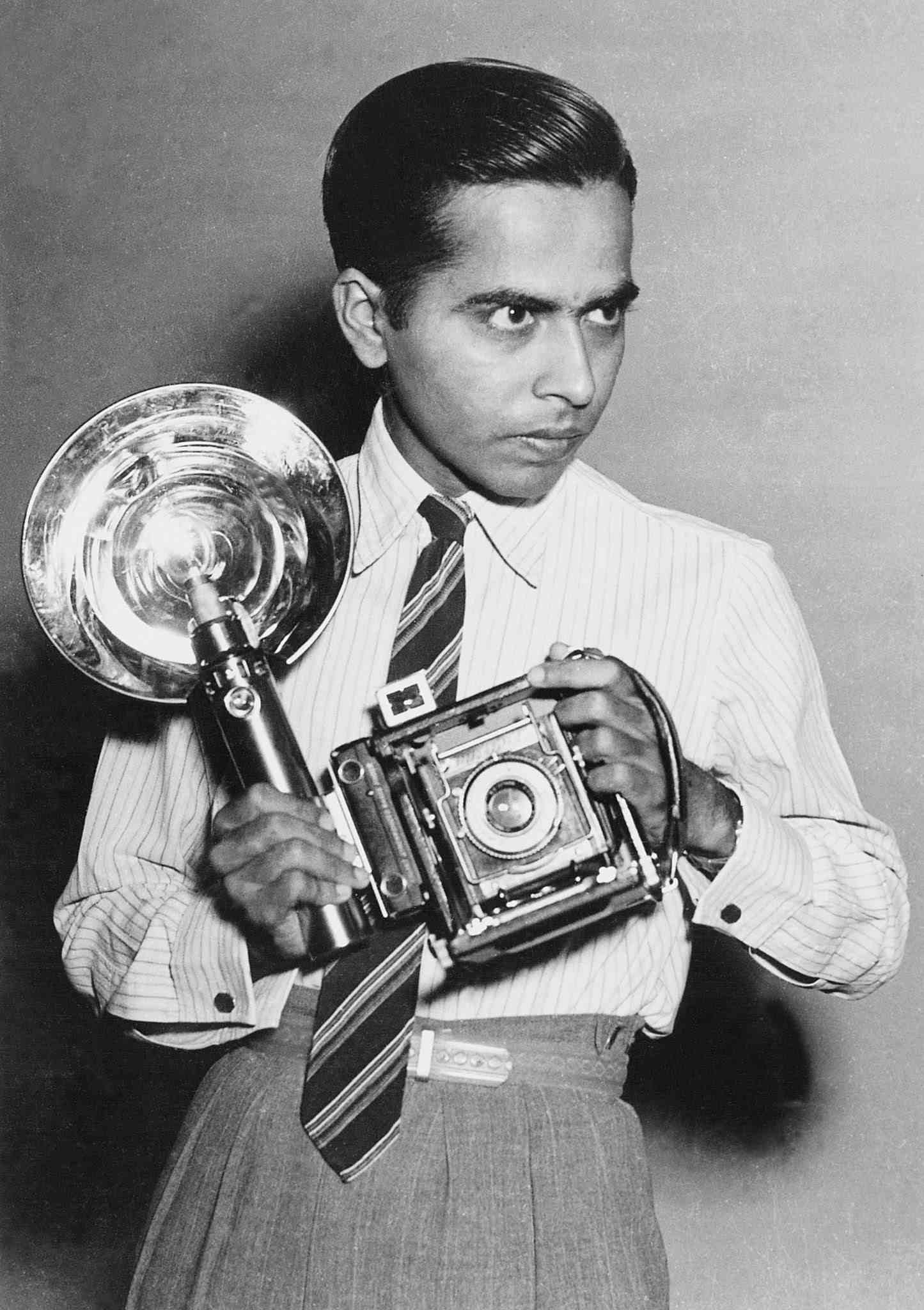
His trademark black-and-white pictures chronicled Bengaluru’s mood. Satyan made his mark as one of India’s earliest photojournalists at a time when photography was limited to portraits. Since his assignment in the Deccan Herald, Satyan spent the next 60 years documenting both the momentous and regular moments in Indian history.
There was a certain magic to the pictures he captured as if stealing a moment in time from his subject’s life. As he once wrote, “My photography are slices of human life, gentle and personal. Their aim is to let the viewer see all by himself. They tend not to preach, not to pose as art.”
Satyan always emphasised that his pictures were not the result of encounters between events and him but rather a witness to interesting moments in time and in the lives of people he met. “Photography has enabled me to save them from vanishing into thin air and to give them a life of their own.”
Among the many iconic moments he covered were the merger of Pondicherry with the Union of India in 1954, the Satyagraha against Portuguese rule in Goa during the 1950s, Pope Paul VI’s visit to India in 1964, and the smallpox eradication campaign organised by the World Health Organisation (WHO) between 1961–63. In 1977, he was awarded the Padma Shri for his work.
Not just iconic events but iconic people too were part of Satyan’s subjects — such as Nobel laureate C V Raman, filmmaker Satyajit Ray, Pt Jawaharlal Nehru, the Dalai Lama, and Pope Paul VI.
But he maintained till the last that amidst the honours and accolades, his expertise lay in capturing the ordinary moments and the mundanity of routine life. From weddings in rural India, and polling booths in the 1970s to surgical procedures at AIIMS Delhi and Bangladesh refugees, Satyan captured it all.
As he recalled in an interview, “My people are not the rich and the famous. They are the simple, ordinary folk. They do not hit the headlines, yet my people are people who matter. They were there when I picked up the camera six decades ago, and they have been there every time I have gone back to capture the interesting moments in their lives.”
While his photography made waves, his words did too.
Satyan’s memoir ‘Alive and Clicking’ published in 2005 tells the story of the days he spent in Afghanistan, Arunachal Pradesh and Sikkim amongst others and the brief encounters that led to some of his best work. As he writes, “When you spend eighty summers on one planet with a camera in hand, things happen, events occur, and you have a bunch of experiences and encounters because you were there at the right time at the right place.”
Satyan passed away in 2009 in Mysore but not before leaving behind a legacy of work. If you found our stories insightful, informative, or even just enjoyable, we invite you to consider making a voluntary payment to support the work we do at The Better India. Your contribution helps us continue producing quality content that educates, inspires, and drives positive change. Choose one of the payment options below for your contribution- By paying for the stories you value, you directly contribute to sustaining our efforts focused on making a difference in the world. Together, let’s ensure that impactful stories continue to be told and shared, enriching lives and communities alike. Thank you for your support. Here are some frequently asked questions you might find helpful to know why you are contributing?

Here’s a look at it:


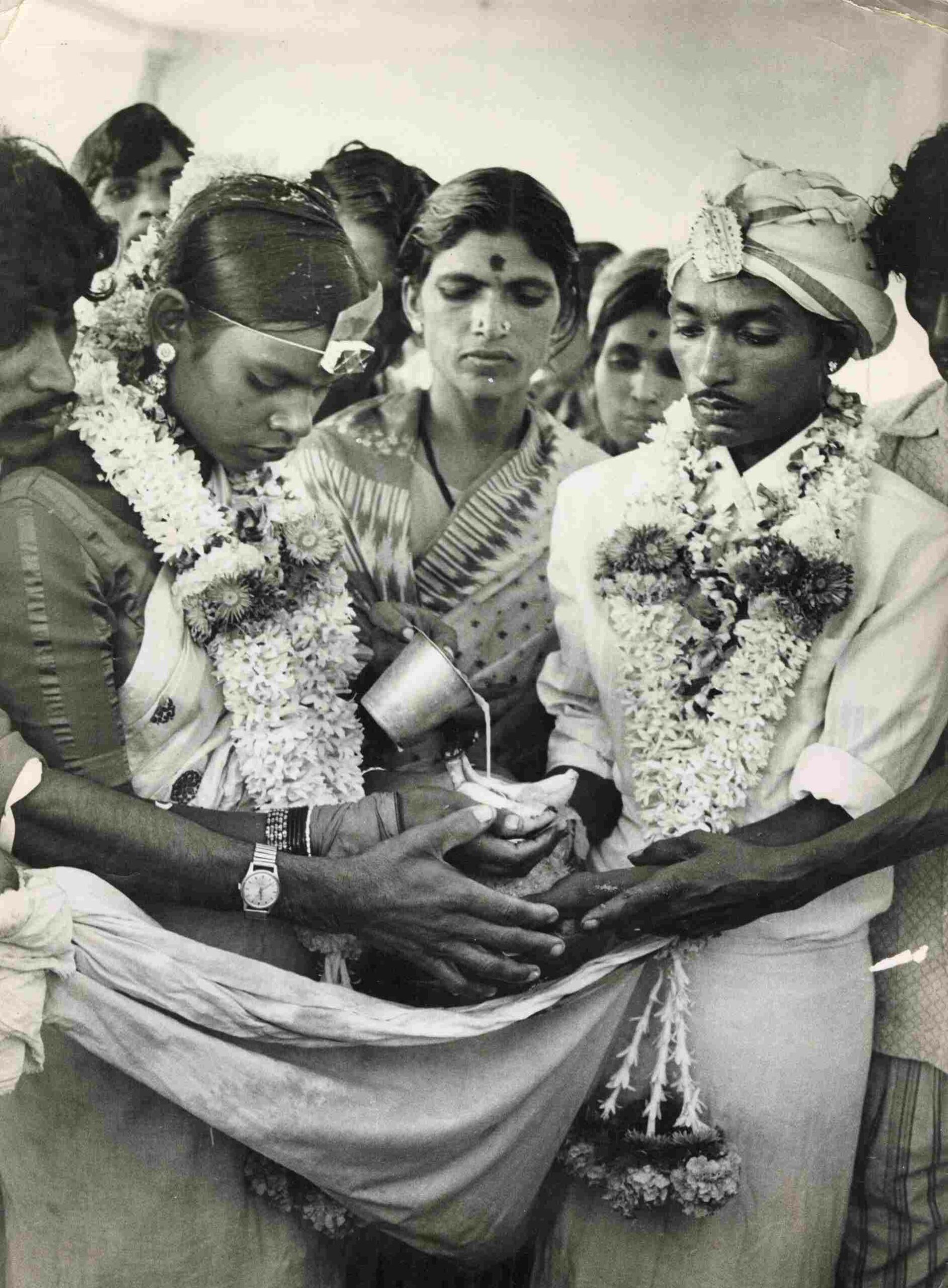
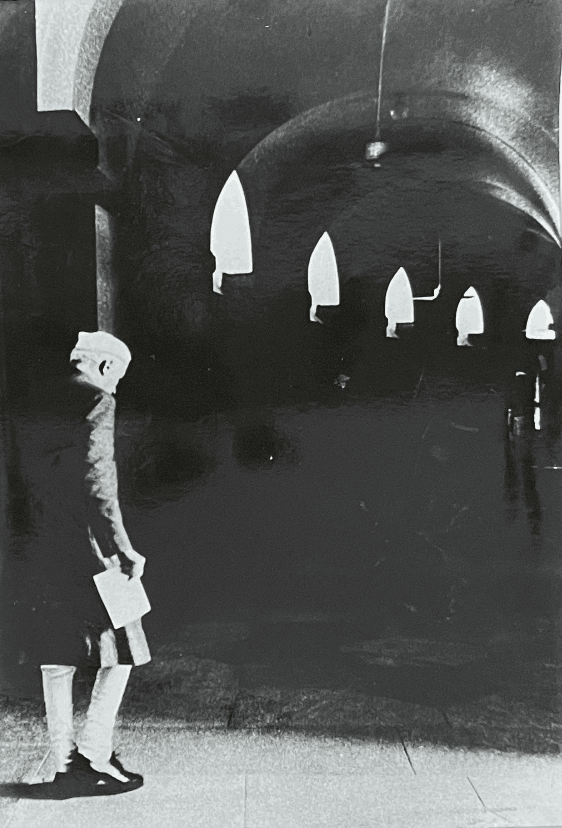

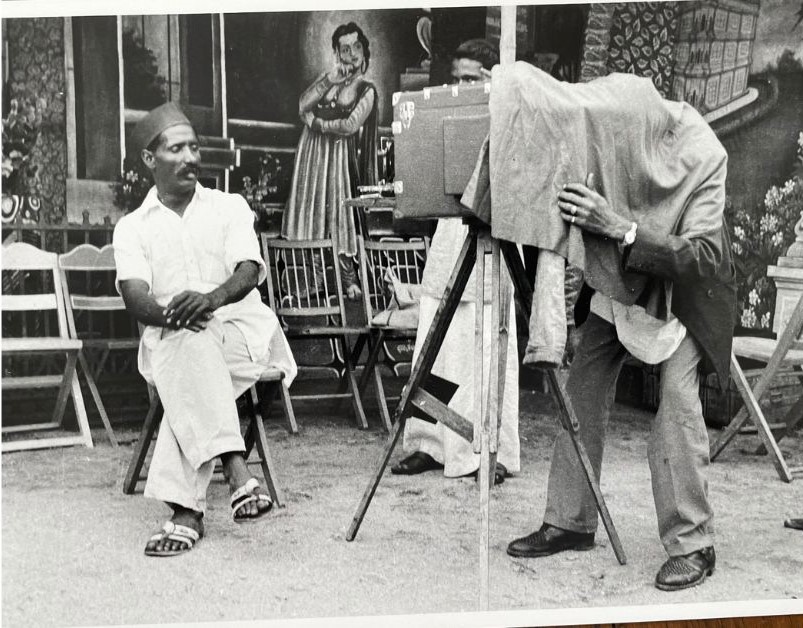
(Edited by Pranita Bhat)
This story made me
-
97
-
121
-
89
-
167













